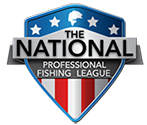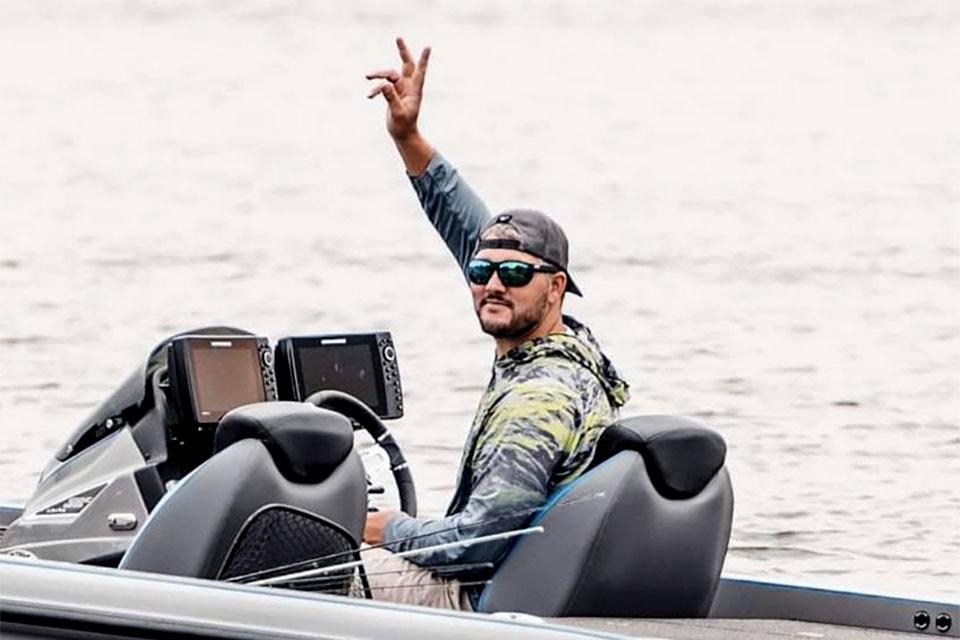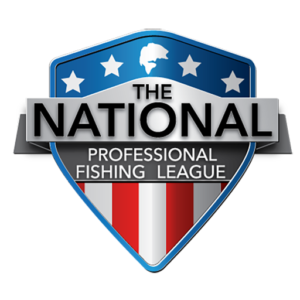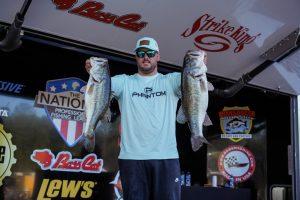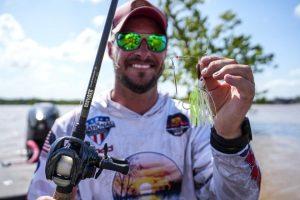Story by Corey Casey | Photos by Tanner & Travis Lyons
Getting started in bass fishing is exciting, but like any sport, there’s a learning curve. Every angler—whether they admit it or not—has made plenty of mistakes in their early days. The good news? Most of these mistakes are easy to fix once you recognize them. If you’re just starting your bass fishing journey, here are some of the most common beginner errors I see on the water and how you can avoid them.
Mistake #1: Using the Wrong Gear
One of the biggest hurdles for new anglers is picking out rods, reels, and line. Walk into a tackle shop and the options can be overwhelming. Beginners often choose gear that’s either too heavy or too light for bass fishing, making it tough to cast and fight fish effectively.
How to avoid it: Start simple. A medium-heavy rod around 7 feet long, paired with a 6:4:1 gear ratio reel, and 12- to 15-pound fluorocarbon or monofilament line will cover most situations. Don’t overthink it—you can always add specialty rods and reels as you grow.
Mistake #2: Fishing Too Fast
A lot of beginners get excited and work their lures way too quickly. Bass don’t always want something buzzing past them at full speed, especially in tough conditions. This mistake often leads to missed bites and frustration.
How to avoid it: Slow down. Let the lure do the work. Whether you’re fishing a soft plastic worm or a moving bait, mix in pauses and experiment with your retrieve speed. Often, bass will strike when the bait suddenly stops or changes direction.
Mistake #3: Ignoring the Conditions
Many new anglers hit the water and cast randomly without considering things like water clarity, cover, or the time of day. Bass behave differently depending on these factors and ignoring them leads to wasted casts.
How to avoid it: Pay attention. On bright days, bass may be buried in cover or hanging deeper. On cloudy days or early/late in the day, they’re more likely to chase moving baits in shallow water. Always look for shade, structure, or signs of baitfish.
Mistake #4: Sticking to Just One Bait
It’s easy to fall in love with a single lure—maybe a spinnerbait or a worm—and to throw it no matter the situation. The problem is that bass aren’t always in the mood for the same presentation.
How to avoid it: Carry a small but versatile selection of baits. A topwater lure, a soft plastic worm, a spinnerbait, and a crankbait will allow you to adapt. If something isn’t working, don’t be afraid to switch it up until you figure out what the fish want that day.
Mistake #5: Not Handling Fish Properly
Catching your first bass is a rush, but many beginners don’t know the best way to handle the fish. Grabbing them by the gills or keeping them out of the water too long can harm the fish.
How to avoid it: Always lip a bass by holding its lower jaw firmly, support larger fish with your other hand, and return them to the water quickly. If you’re keeping fish to eat, follow local regulations, but if you’re releasing them, treat them with care so they’ll be around for the next angler.
Final Thoughts
Every bass fisherman starts out making mistakes. It’s part of the learning process. The key is to recognize these common errors and adjust. With the right gear, a little patience, and an open mind, you’ll improve quickly and start catching more fish.
And if you want to skip some of the trial and error, I’d love to share these lessons with you on the water. I guide full-time on South Carolina’s Santee Cooper lakes, and whether you’re a total beginner or looking to sharpen your skills, I can help you put more bass in the boat. Check out my website at coreycaseyfishingandguideservice.com and let’s go fishing!
Corey Casey – Angler Profile
